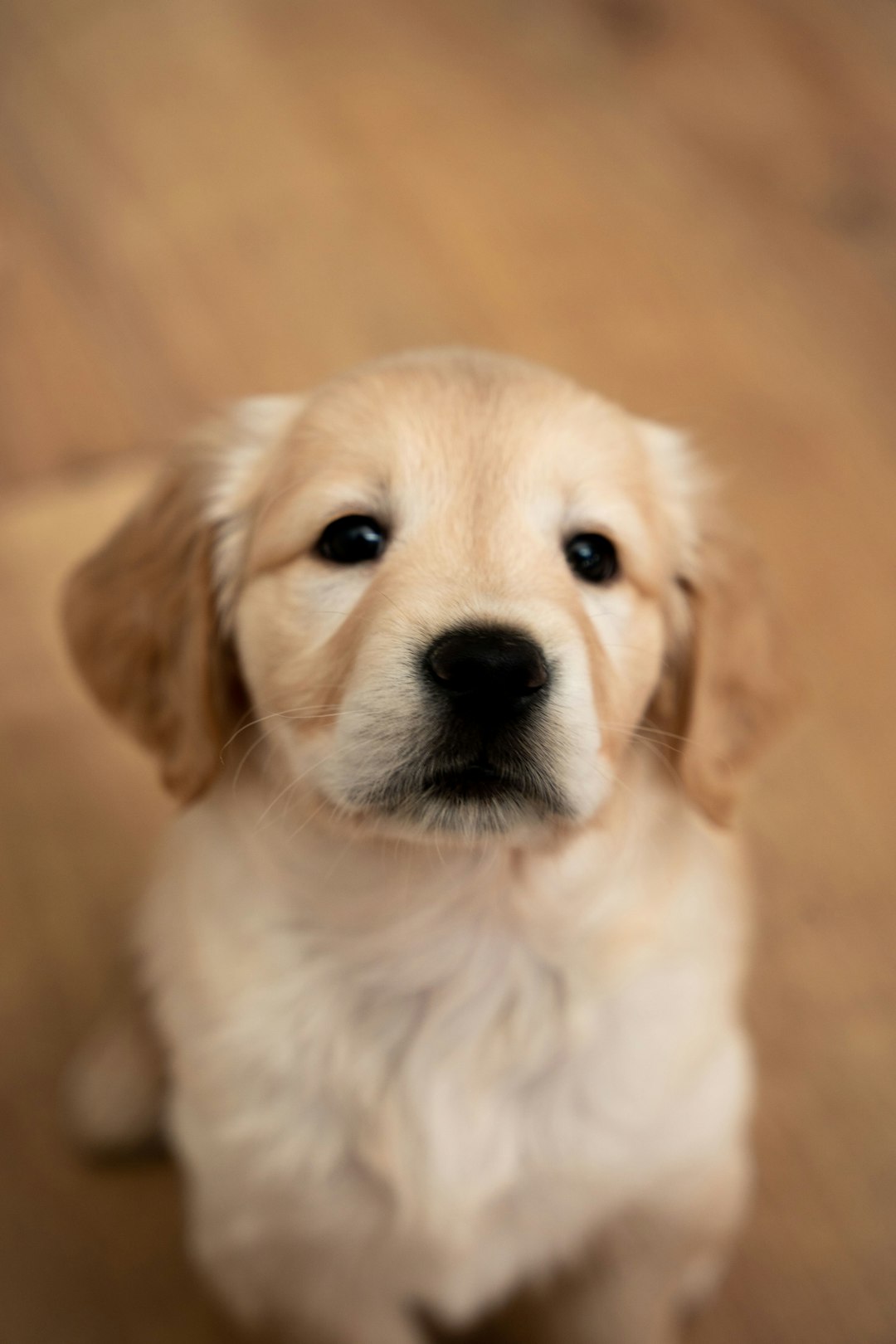Common Pet Safety Hazards: What to Look Out For
Pets bring immense joy to our lives. They are not just animals; they are beloved members of our families. As responsible pet owners, it is our duty to ensure their safety and well-being. However, there are several common hazards lurking in our homes that pose a threat to our furry friends. To keep your pets safe, here are some hazards you should be aware of and how to prevent them.
1. Toxic Foods:
Certain foods that are safe for us can be toxic to our pets. Chocolate, caffeine, grapes, onions, garlic, and avocados are just a few examples. These foods contain substances that can cause serious health issues, ranging from vomiting and diarrhea to organ failure. Keep these items securely stored away from your pets’ reach and educate yourself about other dangerous foods that should be avoided.
2. Household Chemicals:
Common household chemicals such as cleaning products, pesticides, and detergents can be extremely dangerous if ingested or inhaled by our pets. Ensure that all such products are stored in locked cabinets or high shelves, beyond their reach. When using these chemicals, keep your pets in a separate area to prevent accidental exposure.
3. Plants:
Many indoor and outdoor plants can be toxic to pets. Lilies, azaleas, tulips, and daffodils are just a few examples of plants that can cause severe reactions in animals. Before bringing any new plants into your home or garden, research their potential toxicity and ensure they are safe for your pets. If your pet ingests a toxic plant, seek veterinary help immediately.
4. Open Windows and Balconies:
Open windows and balconies may seem like harmless spaces for your pet to explore, but they can be life-threatening. Cats are notorious for their curious nature and can easily slip through a window or jump from a balcony, risking serious injuries or even death. Ensure that all windows have secure screens, and balconies have protective barriers to prevent accidents.
5. Electrical Cords and Wires:
Chewing on electrical cords and wires is not only a nuisance but can also lead to electric shock, burns, or even electrocution. To prevent this, keep cords concealed or protected with cord covers. Additionally, try to make these cords less accessible to your pets by rearranging furniture or using repellent sprays specifically designed for pets.
6. Medications:
Human medications can be toxic to animals, even in small doses. Ensure that all medications, including over-the-counter drugs, are securely stored in cabinets that are completely out of your pet’s reach. In case of any accidental ingestion, consult your veterinarian immediately.
7. Open Dryers and Washing Machines:
Curious pets, especially cats, may be tempted to explore the inside of open dryers or washing machines. Always double-check these appliances before starting a cycle, and ensure your pet is not inside. Unfortunate accidents involving these machines can lead to severe injuries or death.
The key to pet safety is being proactive and vigilant. Regularly inspect your home for potential hazards and take necessary precautions. Pet-proof your surroundings by removing any small objects, securing loose wires and cords, and providing safe and approved toys for your pets to play with. Additionally, it is crucial to establish a trusting relationship with your veterinarian and seek professional advice whenever needed.
By being aware of common pet safety hazards and taking preventative measures, you can ensure that your furry companions are always safe and happy. Remember, it is our responsibility as pet owners to create a secure and loving environment for our beloved pets.













